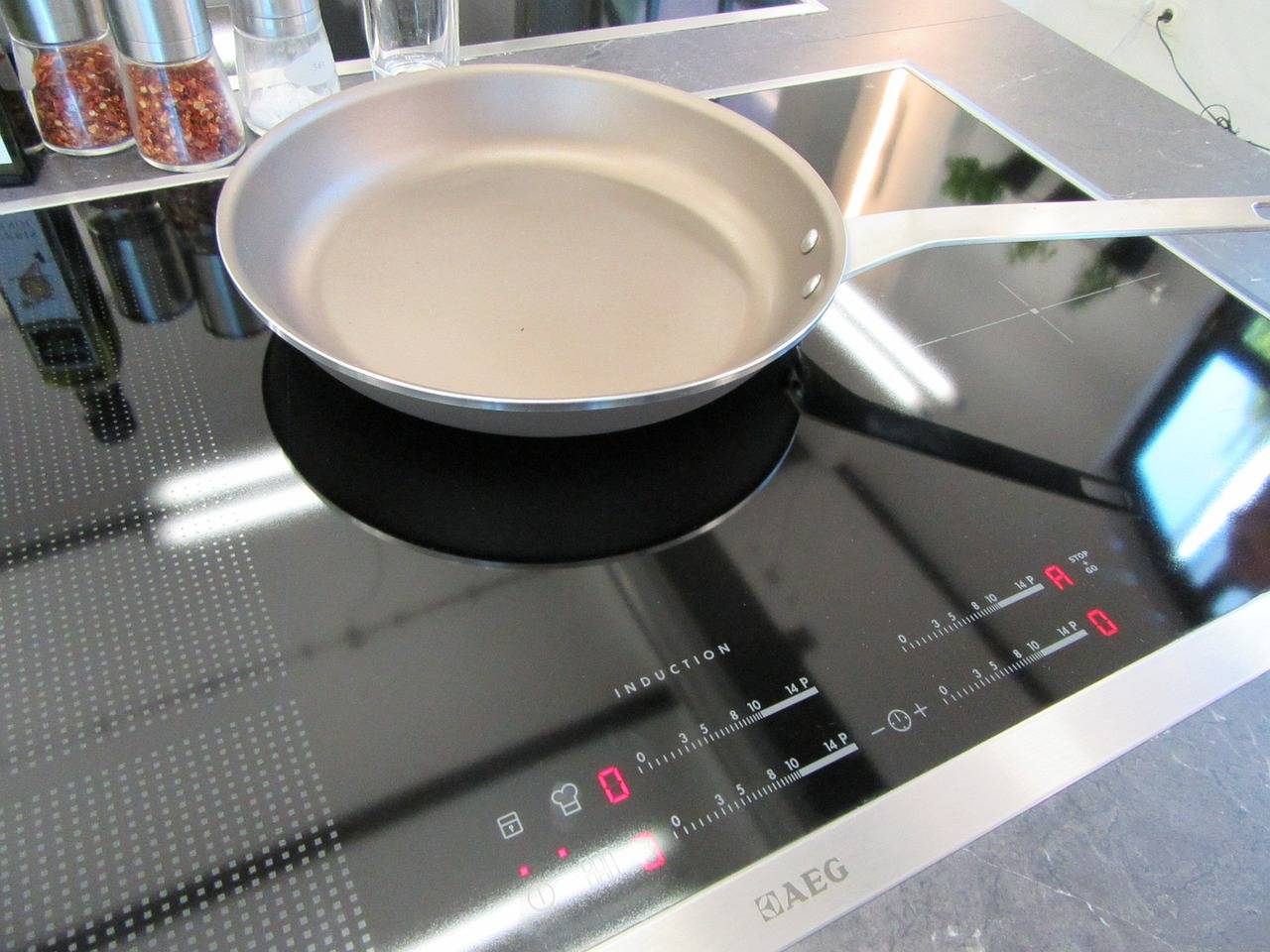When it comes to cooking appliances, both induction stoves and electric stoves offer their own set of advantages. While electric stoves have been a common choice for decades, induction stoves have gained popularity in recent years. In this article, we will delve into a comparison of induction stoves and electric stoves, exploring their efficiency, performance, and other key factors to help you make an informed decision.
Efficiency:
Induction Stove: Induction stoves are known for their exceptional energy efficiency. They utilize electromagnetic fields to directly heat the cookware, resulting in faster heating times and precise temperature control. Induction stoves heat up quickly and transfer heat directly to the pan, wasting minimal energy in the process. As a result, they are more energy-efficient than electric stoves, reducing cooking times and cutting down on electricity consumption.
Electric Stove: Electric stoves, on the other hand, rely on electric coils or heating elements to generate heat. While they are widely available and easy to use, electric stoves tend to be less energy-efficient. The heat produced by the electric coils takes time to transfer to the cookware, resulting in longer cooking times and potentially wasted energy. Additionally, electric stoves can continue to emit residual heat after being turned off, further reducing their overall efficiency.
Performance:
Induction Stove: Induction stoves offer several performance advantages over electric stoves. The use of electromagnetic fields allows for precise temperature control, enabling users to quickly adjust heat levels with great accuracy. Induction stoves provide instantaneous and consistent heat distribution, allowing for more even cooking results. The induction technology also enables faster boiling times, making them ideal for time-sensitive tasks.
Electric Stove: Electric stoves, although not as responsive as induction stoves, still offer reliable performance. They provide a steady heat source and are capable of maintaining consistent temperatures for extended periods. However, the heating elements in electric stoves may take some time to heat up and cool down, resulting in slower cooking times and less precise temperature control.
Cookware Compatibility:
Induction Stove: Induction stoves require the use of specific cookware made with magnetic materials such as cast iron or stainless steel. Cookware must have a flat and ferromagnetic base to ensure proper heat transfer. While this may require some users to invest in new cookware, induction stoves are compatible with a wide range of pots and pans available in the market.
Electric Stove: Electric stoves are compatible with a broader range of cookware, including glass, ceramic, and copper. As long as the cookware is suitable for electric stovetops and can withstand the heat generated by the coils, it can be used without any limitations.
Safety:
Induction Stove: Induction stoves offer enhanced safety features. Since the heat is generated directly in the cookware, the stovetop surface remains relatively cool during cooking. This reduces the risk of burns and accidental injuries. Additionally, induction stoves often have features like automatic shut-off, child lock, and pan detection to further enhance safety.
Electric Stove: Electric stoves can pose a higher risk of burns since the coils or heating elements can remain hot for some time after cooking. However, modern electric stoves may have safety features such as heat indicators and residual heat alerts to mitigate risks.
Conclusion:
Both induction stoves and electric stoves have their own advantages and considerations. Induction stoves excel in terms of energy efficiency, faster cooking times, precise temperature control, and enhanced safety features. Electric stoves, while less energy-efficient, offer reliability, broader cookware compatibility, and familiarity.




